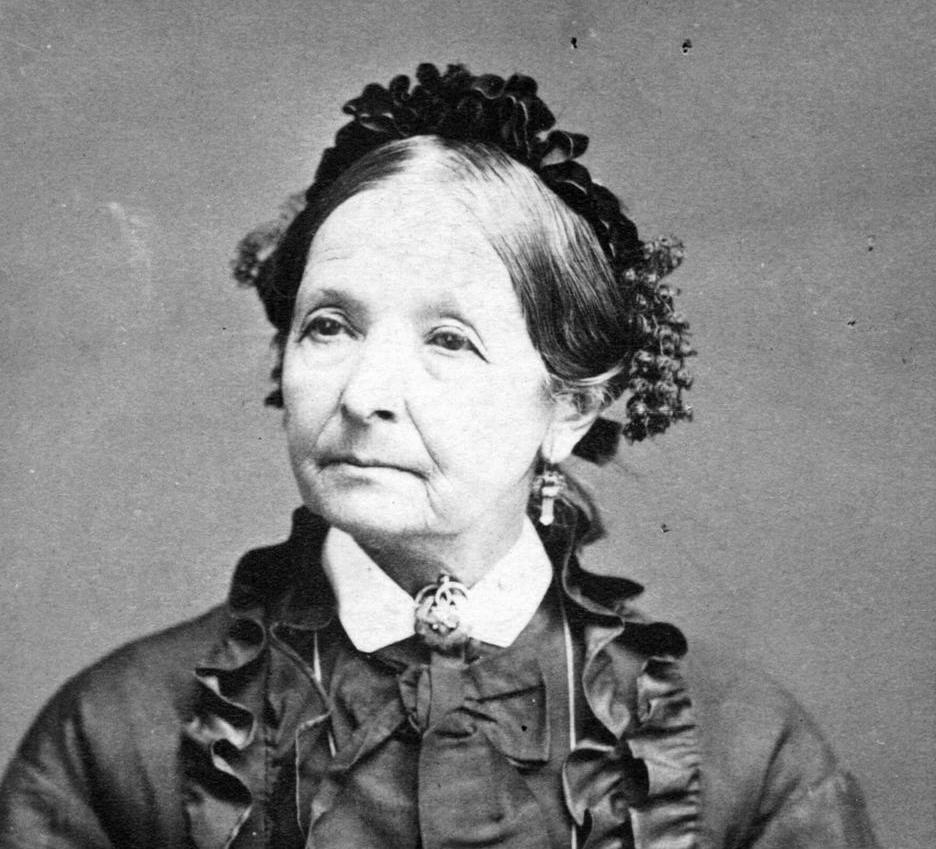
The complete discourses of Eliza R. Snow, a prominent pioneer and women’s leader in the history of The Church of Jesus Christ of Latter-day Saints, are being published online. The documents are posted on a new website, “The Discourses of Eliza R. Snow.” The Church Historian’s Press project marks the first time Snow’s sermons have been collected in a single publication.
The discourses have been gathered from Snow’s personal journals and more than a thousand organizational minute books and contemporary newspapers, including Woman’s Exponent, Deseret News and Millennial Star. The discourses — still quite relevant today — will be published in batches on the site over the next several years. Fifty sermons are now available.
Eliza Roxcy Snow became the second general president of the Church’s Relief Society organization on July 17, 1880, and served in that calling until she died in 1887. She was a prolific speaker, delivering nearly 1,200 sermons from 1840 to 1887 in Illinois and throughout the Utah and Idaho territories.
As an active participant in the church’s formative period, secretary of the original Relief Society, and a plural wife and close associate of both Joseph Smith and Brigham Young, Snow spoke with authority on church doctrine and history. Church members relied on her words for instruction and inspiration. Today her words open a wide window into the life and personality of an important American religious figure and into a half century of Latter-day Saint history and culture. They also provide insight into key church doctrine.

Life of Eliza Roxcy Snow
Eliza Roxcy Snow was born in Becket, Massachusetts, on 21 January 1804, the daughter of Oliver Snow and Rosetta Pettibone. The family moved to Mantua, Ohio, in 1806, where Snow spent her childhood and young adult years studying, writing and publishing poetry, and learning domestic skills. Initially practicing Baptists, the family was drawn to reformed Baptist and then restorationist beliefs as taught by Sidney Rigdon in the 1820s. After Rigdon’s baptism in 1830 into the Church of Christ (the initial name of The Church of Jesus Christ of Latter-day Saints), the Snows’ interest in the new church was heightened, and, in 1831, Joseph Smith visited the Snow home. Snow was baptized in 1835 after four years of careful study and contemplation. The remainder of her life was devoted to church participation, teaching, and leading.
Poetry was Snow’s initial form of public discourse. Over the years she became known as “Zion’s Poetess” because she captured the key events, relationships, doctrine, and ideals of Zion—that is, the community of Saints—in verse. Her poetry included significant hymns that united members in worship. Her most well-known poem-hymn is “O My Father” (originally “My Father in Heaven”), which teaches precepts of the eternal family.
Snow’s poetry reflected her deep respect for words and ideas, but it was her Relief Society association that gave her a connection to women and allowed her to preach to a ready audience. She was a founding member of the Female Relief Society of Nauvoo, established on 17 March 1842, and was intimately acquainted with its first president, Emma Hale Smith. As the first secretary of the organization, Snow kept the meeting minutes from 1842 to 1843; later, she carefully preserved the minute book during her migration to Utah.
In 1868, Brigham Young appointed Snow to assist bishops in organizing ward Relief Societies throughout Latter-day Saint settlements in Utah and Idaho. She used the Nauvoo minute book as a resource to guide fledgling local societies, often quoting from it at length. She taught new female leaders organizational and administrative principles as well as doctrine learned from Joseph Smith and from her own scripture study.
With years of experience administering women’s temple ordinances, Snow carefully taught the sisters about temple blessings and the perspective of the eternal perspective of the past, present, and future. She visited with American Indians, some of whom called her “Mother,” fulfilling a prophecy made by Joseph Smith years earlier. In southern Utah, the women of Kanab honored her as the president “of all the feminine portion of the human race.”
By carriage and train, Snow traveled to counties, stakes, wards, and branches in populated and remote areas, sometimes speaking three times a day. She kept up a vigorous schedule until well into her senior years and eventually visited nearly every Latter-day Saint settlement of the time.
By 1887, when Snow was eighty-three years old, her travels and speaking had diminished considerably. It seemed that only the constraints of age could slow her down. Early on the morning of 5 December 1887, she died in her room in the Lion House in Salt Lake City.
(READ HERE Discourses of Eliza R. Snow Published Online)
